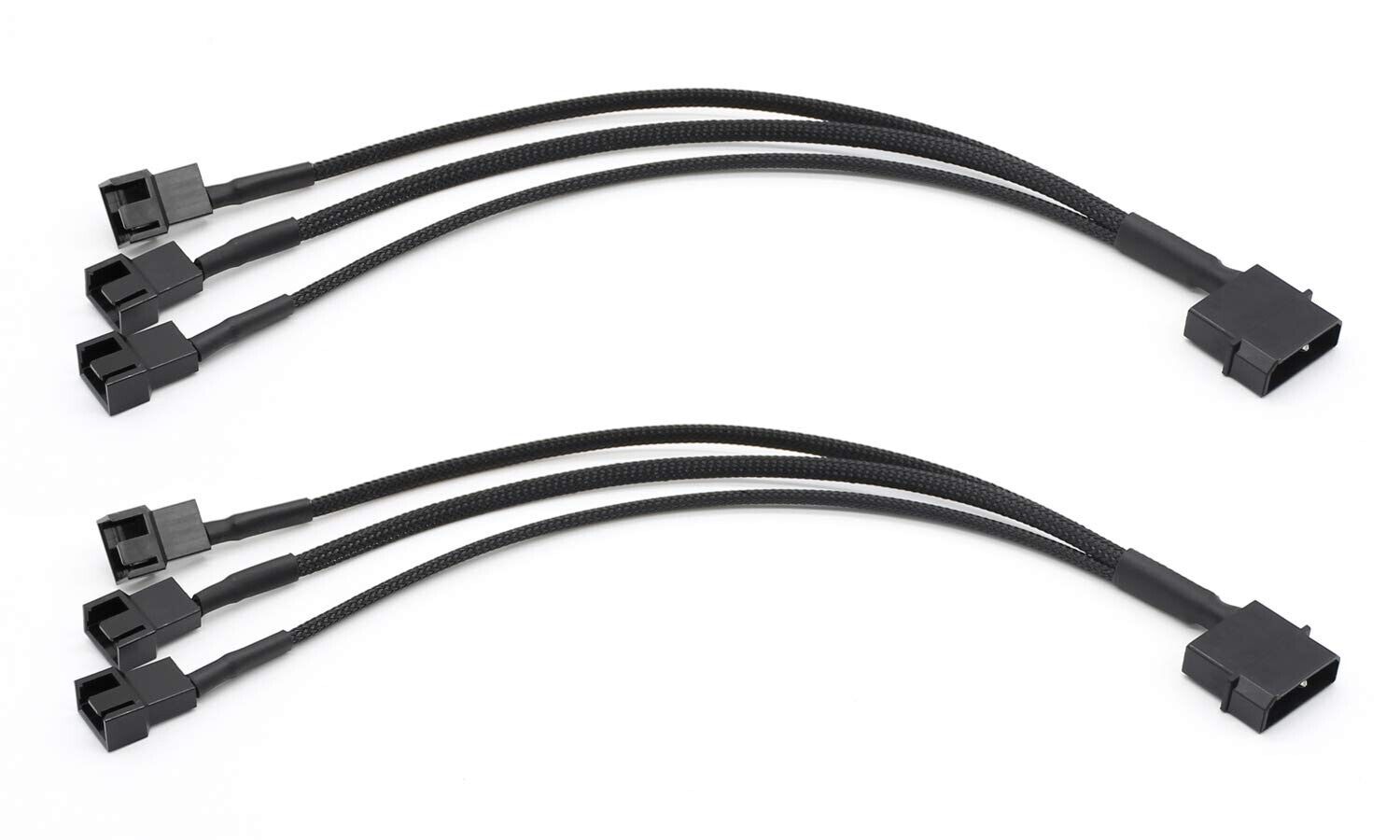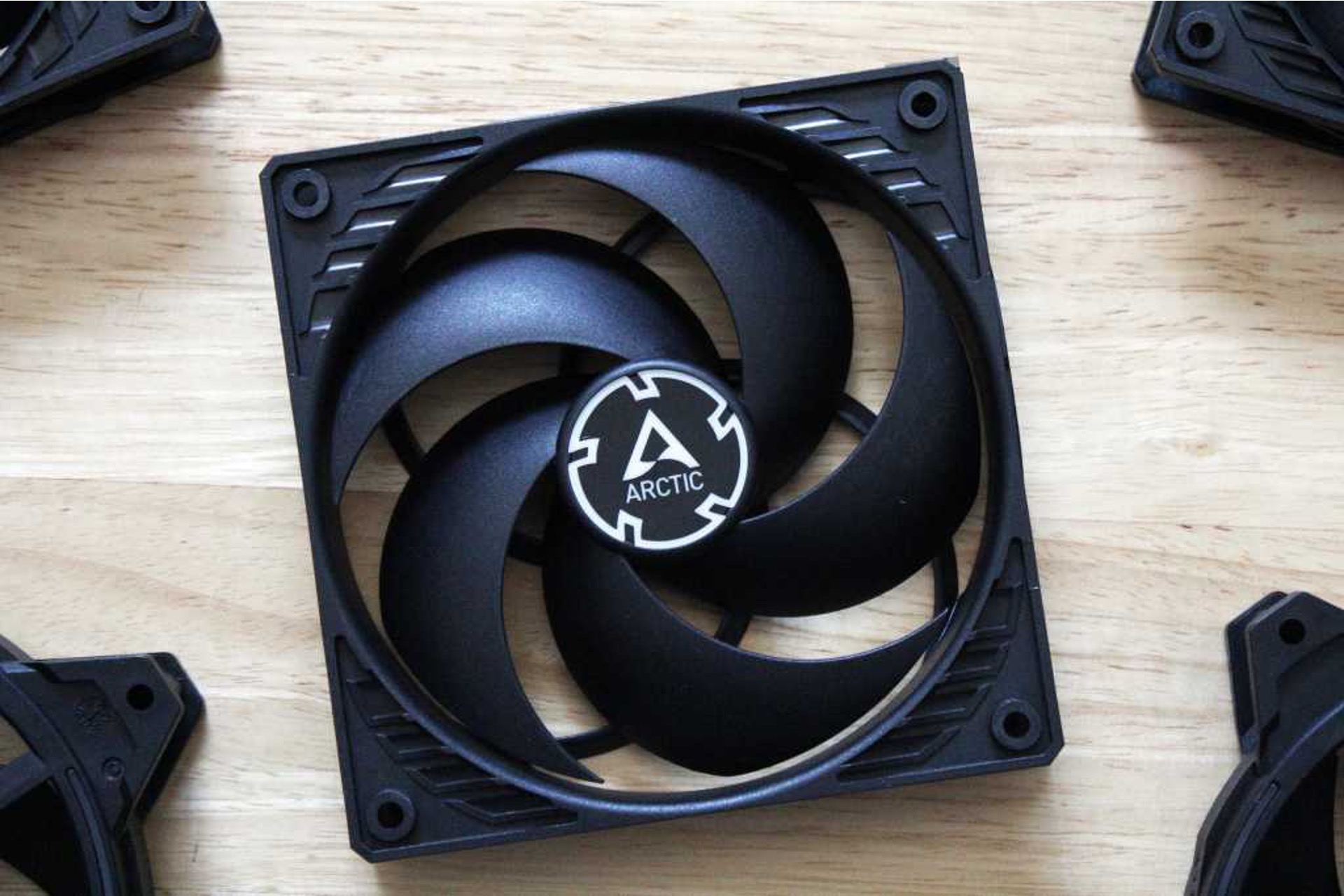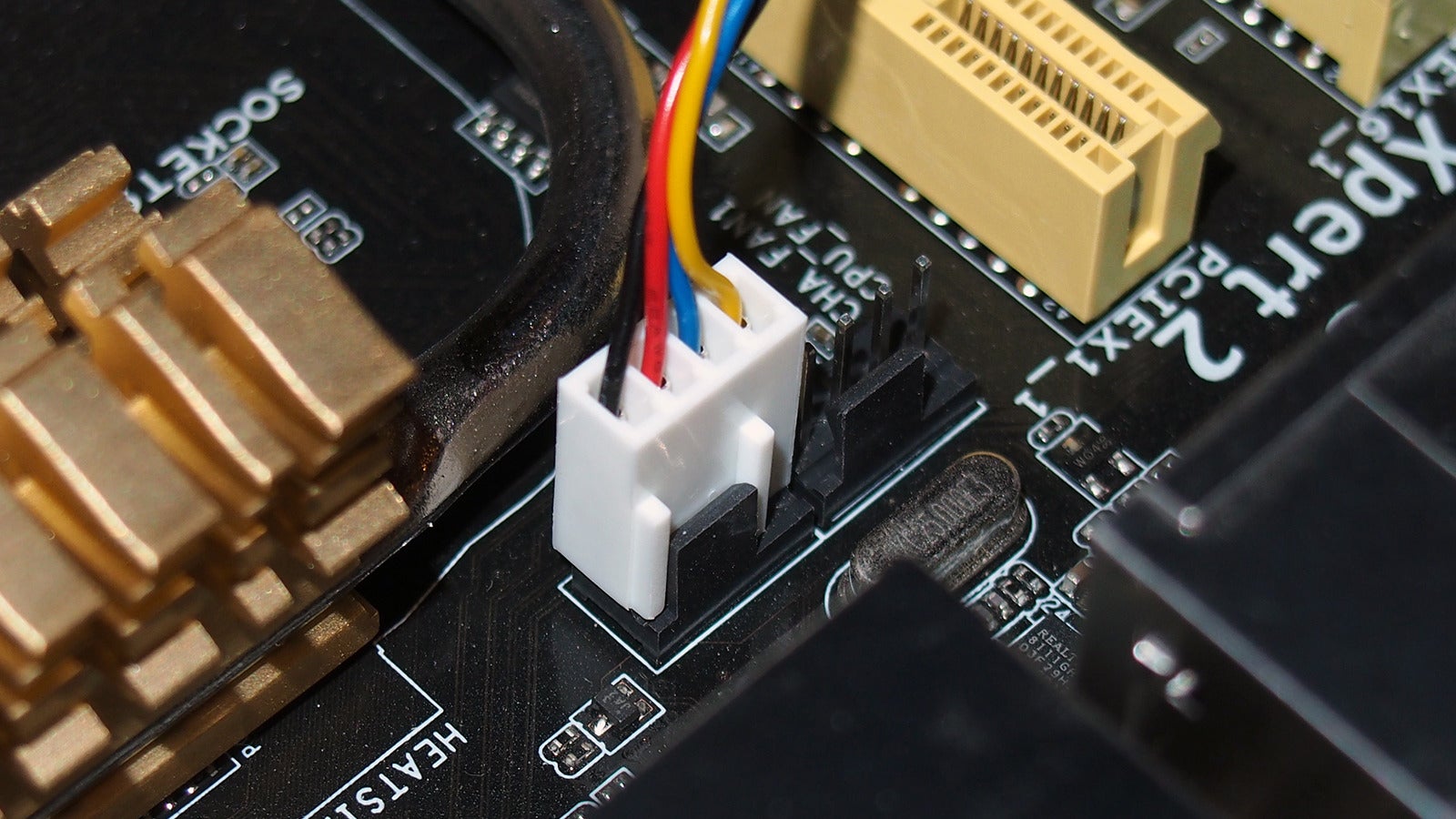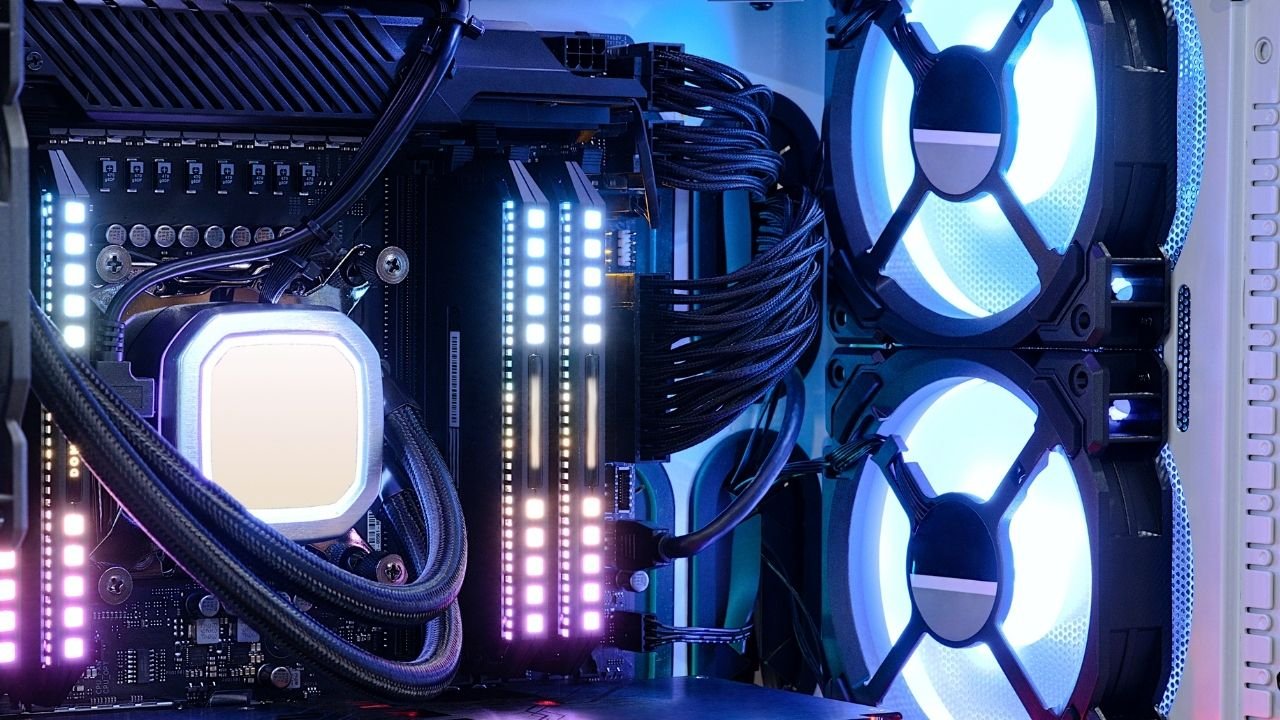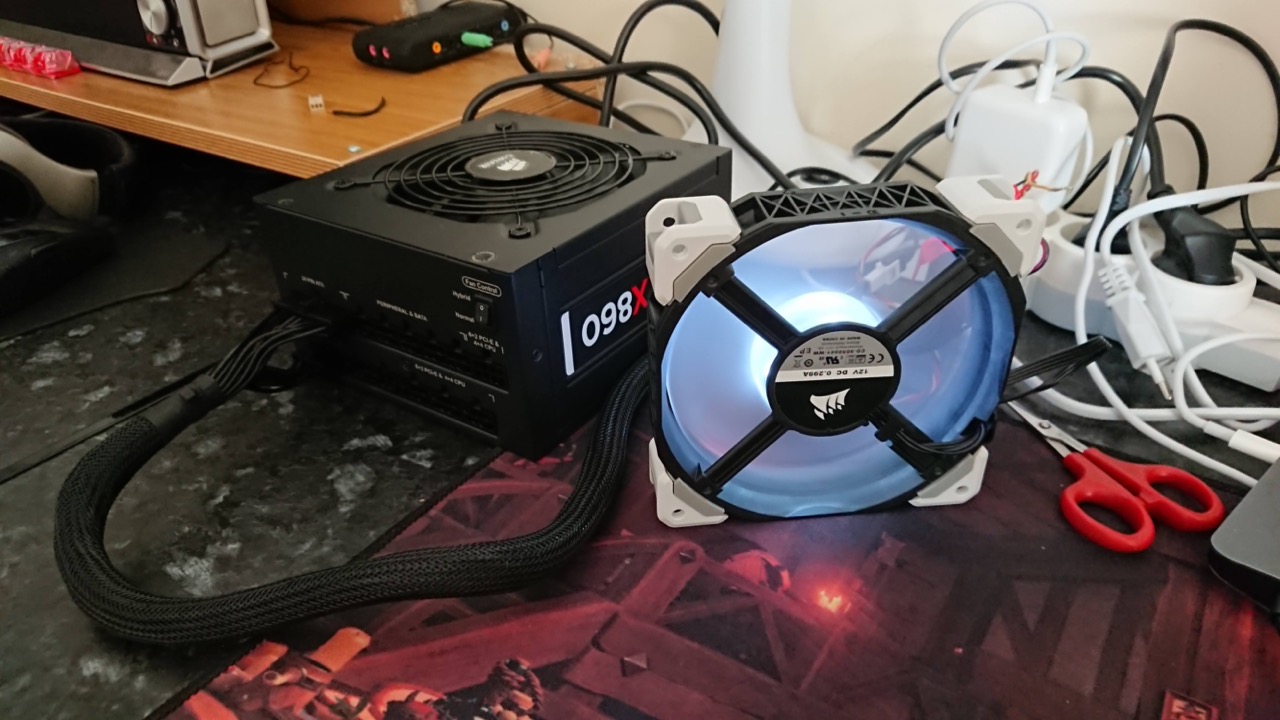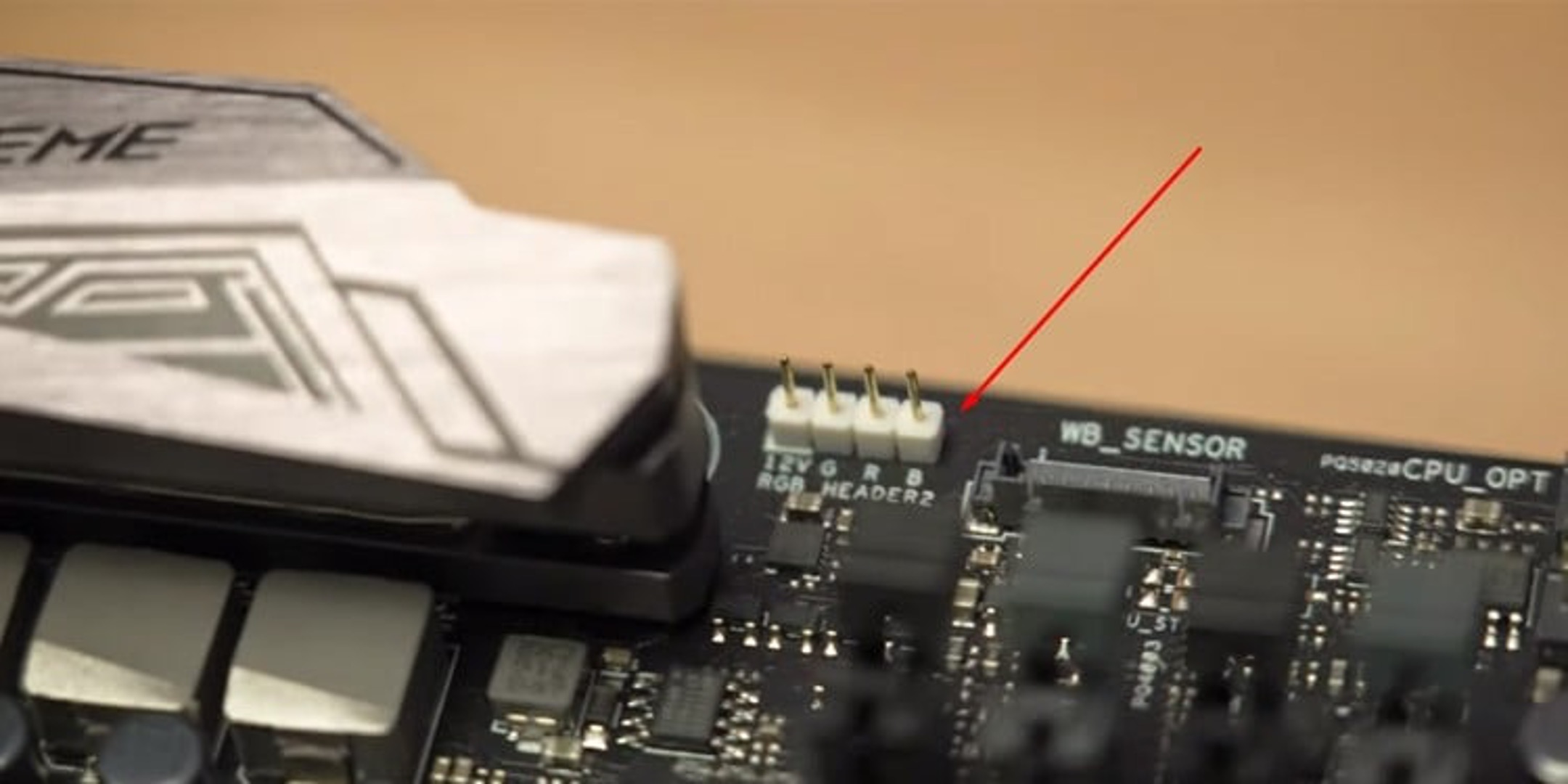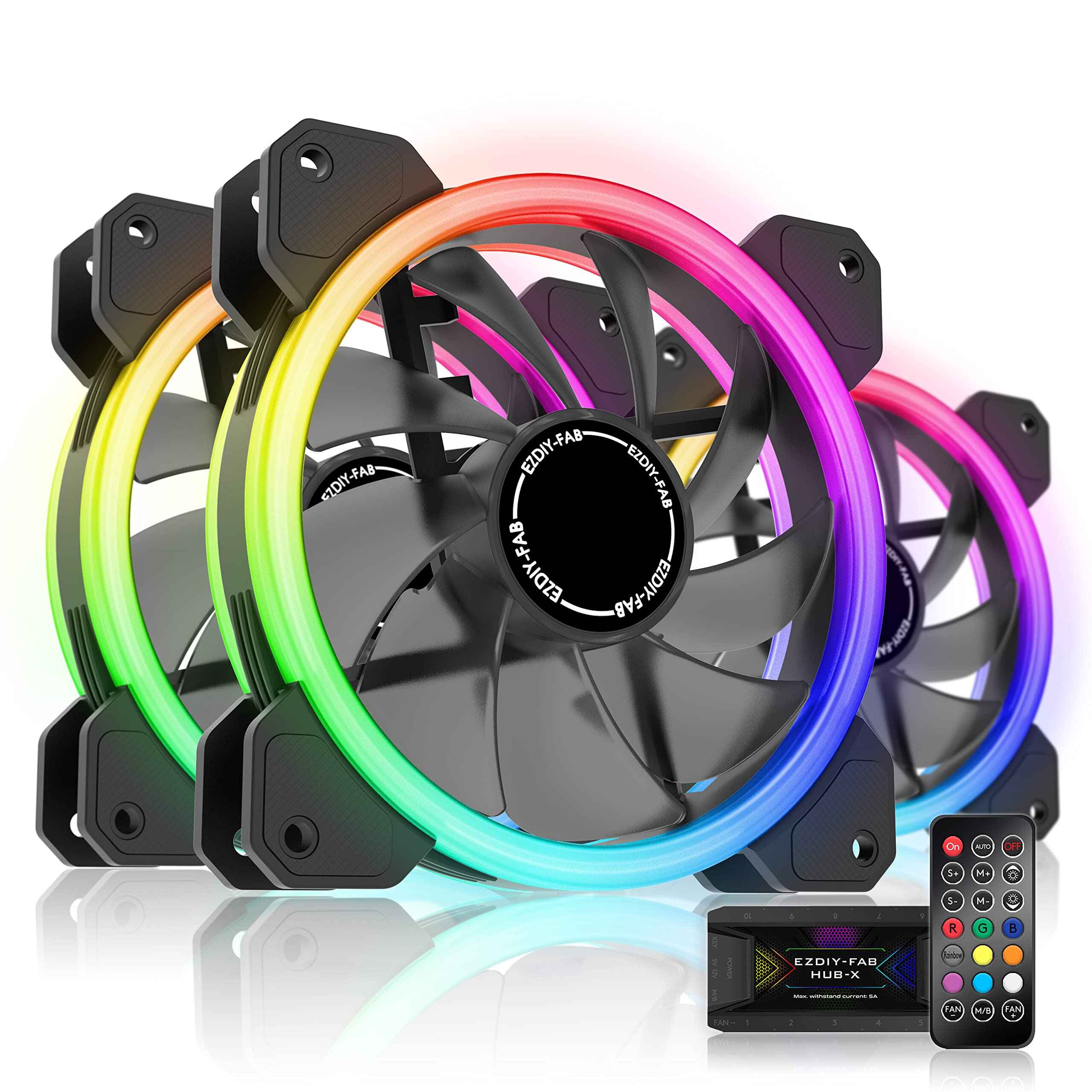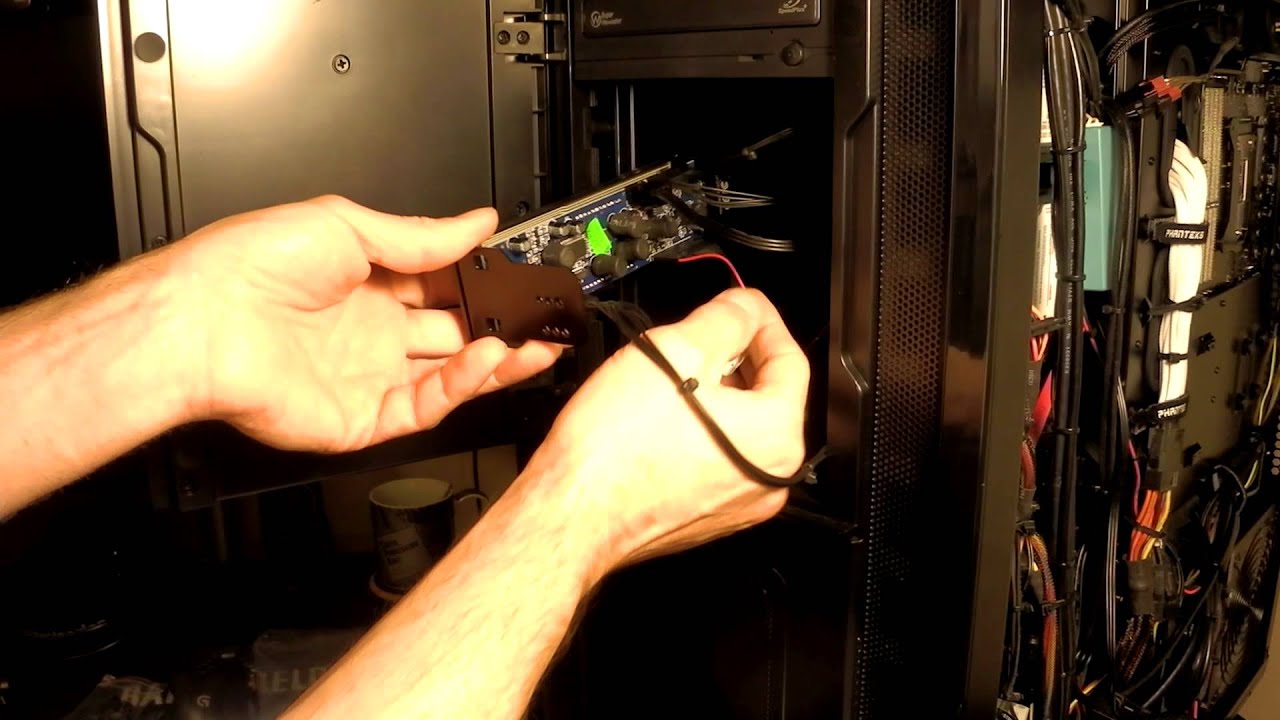Introduction
Case fans play a crucial role in maintaining proper airflow within a computer case, preventing overheating and ensuring optimal performance. Most case fans are powered directly by the motherboard through a header connection. However, some fans are powered by a Molex connector, which provides an alternative method of supplying power.
In this article, we will discuss how to determine if a case fan is powered by a Molex connector. We will explore the physical indicators to look out for, how to check the fan cable, and the fan connector itself. Additionally, we will cover the option of using a Molex adapter to power a fan if necessary.
Understanding whether a case fan is powered by a Molex connector can be beneficial in various situations. For example, if you are planning to upgrade or replace a fan, knowing the type of connector it uses will help ensure compatibility with your setup. It can also be helpful for troubleshooting purposes, allowing you to identify any potential power-related issues with your case fans.
So, let’s dive into the details and learn how to tell if a case fan is powered by a Molex connector.
What is a Molex connector?
A Molex connector, also known as a Molex power connector, is a type of electrical connector that is widely used in computer hardware. It was originally developed by the Molex company and has since become a standard connection method for various devices, including case fans.
The Molex connector consists of a plastic housing with multiple pins and sockets that provide a secure and reliable means of transmitting power. It typically has a rectangular shape and can have anywhere from 2 to 24 pins, depending on the specific application.
These connectors are designed to easily connect and disconnect, making them convenient for installations and upgrades. They are commonly used for connecting components such as case fans, LED strips, and optical drives to the power supply unit (PSU) of a computer.
Molex connectors are known for their versatility and compatibility with different types of power supplies. They can be found in both older and newer computer models. While some modern motherboards may not have Molex headers, power supplies usually continue to provide Molex connectors to support legacy devices.
One of the distinguishing features of a Molex connector is its four evenly spaced rectangular pins and sockets. These pins and sockets ensure a secure electrical connection, preventing accidental disconnections and minimizing the risk of power loss.
It’s important to note that Molex connectors are typically used to supply power rather than transfer data. They are primarily used for devices that require a steady power source, such as case fans and other peripherals that do not rely on data transfers.
Now that we have a basic understanding of what a Molex connector is, let’s explore why it’s important to determine if a case fan is powered by this type of connector.
Why does it matter if a case fan is powered by Molex?
Understanding whether a case fan is powered by a Molex connector is important for a few reasons. Firstly, it helps ensure compatibility when upgrading or replacing fans in your computer case.
Most modern motherboards provide fan header connections that allow you to control fan speeds and monitor their performance. These headers typically use a 3 or 4-pin connector. If you are planning to upgrade your case fans and your motherboard has available fan headers, it is usually preferable to choose fans with the appropriate connector for seamless integration and control.
However, if you discover that your case fan is powered by a Molex connector, this indicates that it is designed to be powered directly from the power supply unit (PSU) rather than the motherboard. In this case, control over fan speeds and monitoring functionality may be limited or non-existent.
Another reason it’s important to determine if a case fan is powered by Molex is for troubleshooting purposes. If you are experiencing issues with your case fans, such as them not spinning or not receiving power, identifying the type of connector can help pinpoint the problem.
If a case fan with a Molex connector is not functioning, it could indicate a potential issue with the power supply or the Molex cable itself. By knowing the type of connector, you can narrow down the potential causes and troubleshoot accordingly.
Additionally, identifying fans powered by Molex connectors can be helpful for cable management. Since Molex connectors are typically larger than fan headers, the cables may need to be routed differently or require adapters to fit properly in the case. Being aware of the connector type allows you to plan your cable management strategy more effectively and maintain a tidy and organized computer case.
Now that we understand the importance of determining if a case fan is powered by a Molex connector, let’s explore the physical indicators to look for.
Physical indicators
There are several physical indicators you can look for to determine if a case fan is powered by a Molex connector. These indicators can help you quickly identify the type of connector used without having to delve into the cable or connector itself.
Firstly, examine the fan cable itself. Fans powered by Molex connectors typically have a thicker and bulkier cable compared to those with standard fan headers. The Molex cable will have multiple wires and a larger plastic connector housing at the end.
Another physical indicator is the presence of a Molex adapter. Some fans may come with an adapter that converts the fan’s standard connector into a Molex connector. These adapters are usually detachable and have a distinct appearance. If you see an adapter attached to the fan cable, it is likely that the fan is powered by Molex.
Additionally, you can check the fan itself for any labeling or product information. Manufacturers often indicate the type of connector on the fan’s label or packaging, making it easy to determine if Molex is used.
If you are unable to identify the type of connector based on these physical indicators, you may need to examine the fan cable and connector more closely. We will cover this in the next section.
By recognizing these physical indicators, you can swiftly determine if a case fan is powered by a Molex connector, allowing you to make informed decisions when it comes to compatibility and troubleshooting.
Checking the fan cable
If the physical indicators did not provide a clear indication of whether a case fan is powered by a Molex connector, you can examine the fan cable more closely to confirm.
Start by locating the cable that connects the fan to either the motherboard or the power supply unit (PSU). Carefully inspect the cable for any distinct features or markings that may indicate if it is a Molex connector.
On one end of the cable, you should see the fan connector, which could be a standard 3 or 4-pin connector or a larger Molex connector. Pay attention to the size and shape of the connector, as Molex connectors are generally bulkier and have more pins. If you see a larger plastic connector with multiple rectangular pins, it is likely a Molex connector.
If the other end of the cable is connected directly to the PSU, then it is highly likely that the fan is powered by a Molex connector. The Molex connectors on the PSU are typically labeled and color-coded to indicate their purpose, making them easy to identify.
If the cable connects to a fan header on the motherboard, but there is also a Molex connector attached along the way, it means that the fan can be powered either by the motherboard or the PSU using the Molex connector. In this case, you have the flexibility to choose how you want to power the fan.
If you are still unsure after closely examining the fan cable, you can move on to inspecting the actual fan connector itself.
Now that we have covered checking the fan cable, let’s explore how to inspect the fan connector.
Checking the fan connector
If examining the fan cable did not provide a clear indication, the next step is to inspect the fan connector itself to determine if it is a Molex connector.
Carefully disconnect the fan cable from either the motherboard or the power supply unit (PSU), depending on where it is connected. Take a closer look at the connector on the end of the cable.
Molex connectors have a distinctive appearance that sets them apart from standard fan connectors. They are usually larger, rectangular in shape, and have multiple rectangular pins. The number of pins can vary depending on the specific Molex configuration.
Standard fan connectors, on the other hand, are typically smaller, with only 3 or 4 pins arranged in a circular or square formation. These connectors are designed to plug directly into the corresponding fan headers on the motherboard.
If the connector on the fan cable matches the description of a Molex connector, then it confirms that the fan is powered by Molex. However, if the connector is a standard fan connector, it means the fan is powered through the motherboard’s fan header.
If you have determined that the fan is indeed powered by a Molex connector, but you prefer to control the fan speed and monitoring through the motherboard, there is an option you can explore.
Now that we have covered how to check the fan connector, let’s discuss the possibility of using a Molex adapter.
Using a Molex adapter
If you have discovered that your case fan is powered by a Molex connector but would prefer to have control over fan speed and monitoring through the motherboard, you have the option of using a Molex adapter.
A Molex adapter allows you to convert the Molex connector into a standard fan connector that can be plugged into the fan header on the motherboard. This adapter is typically a small cable with a Molex connector on one end and a standard fan connector on the other.
To use a Molex adapter, follow these steps:
- Ensure that the computer is powered off and unplugged from the electrical outlet.
- Disconnect the Molex connector from the power supply unit, if it is connected.
- Connect the Molex adapter to the Molex connector on the fan cable.
- Plug the standard fan connector of the adapter into the corresponding fan header on the motherboard.
- Power on the computer and check if the fan is now controlled by the motherboard. You should be able to adjust the fan speed and monitor its performance through the software or BIOS settings.
Using a Molex adapter can provide the flexibility to power the fan through the motherboard while still using the existing Molex connector. This allows you to take advantage of the motherboard’s control and monitoring capabilities.
However, it’s important to note that using a Molex adapter may limit the control over fan speeds compared to directly connecting the fan to the motherboard’s fan header. Some adapters may not support advanced fan control features, such as PWM (Pulse Width Modulation) control.
With the option of using a Molex adapter, you can have the best of both worlds by harnessing the convenience of Molex power and the control of the motherboard’s fan header.
Now that we have discussed using a Molex adapter, let’s summarize what we have covered in this article.
Conclusion
Determining whether a case fan is powered by a Molex connector is essential for compatibility, troubleshooting, and cable management. By identifying the physical indicators and examining the fan cable and connector, you can easily determine if a case fan is using a Molex connector.
If you find that your fan is powered by a Molex connector and you prefer to have control over fan speed and monitoring through the motherboard, using a Molex adapter is a viable option.
Remember, Molex connectors provide a reliable means of powering case fans directly from the power supply unit (PSU), while standard fan connectors allow you to take advantage of the motherboard’s control and monitoring capabilities.
Knowing the type of connector used by your case fan will help you make informed decisions when upgrading or replacing fans, troubleshooting power-related issues, and planning your cable management strategy.
So, next time you’re dealing with case fans, keep an eye out for the physical indicators, examine the fan cable and connector, and consider using a Molex adapter if necessary.
With this knowledge in hand, you’ll have the confidence to navigate the world of case fans and ensure optimal airflow and performance within your computer case.







